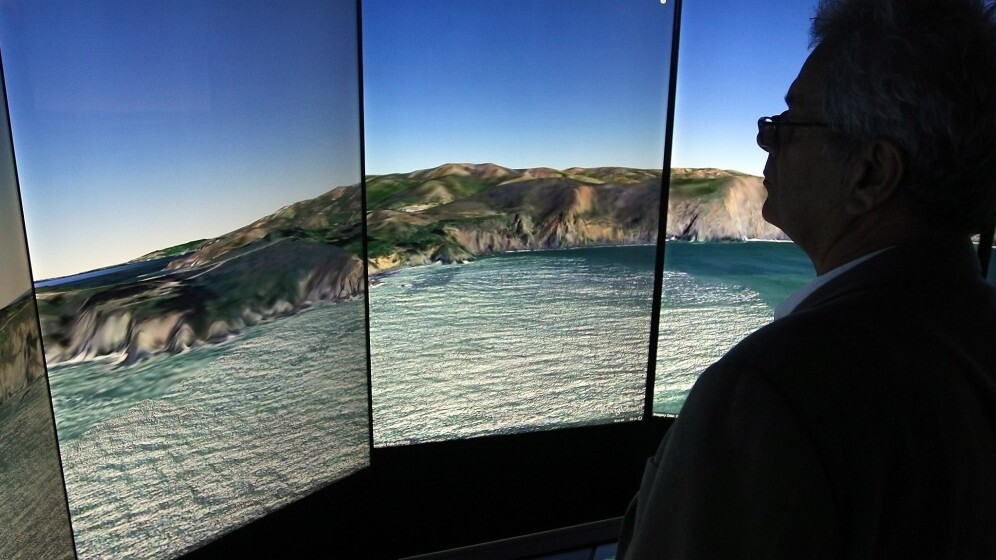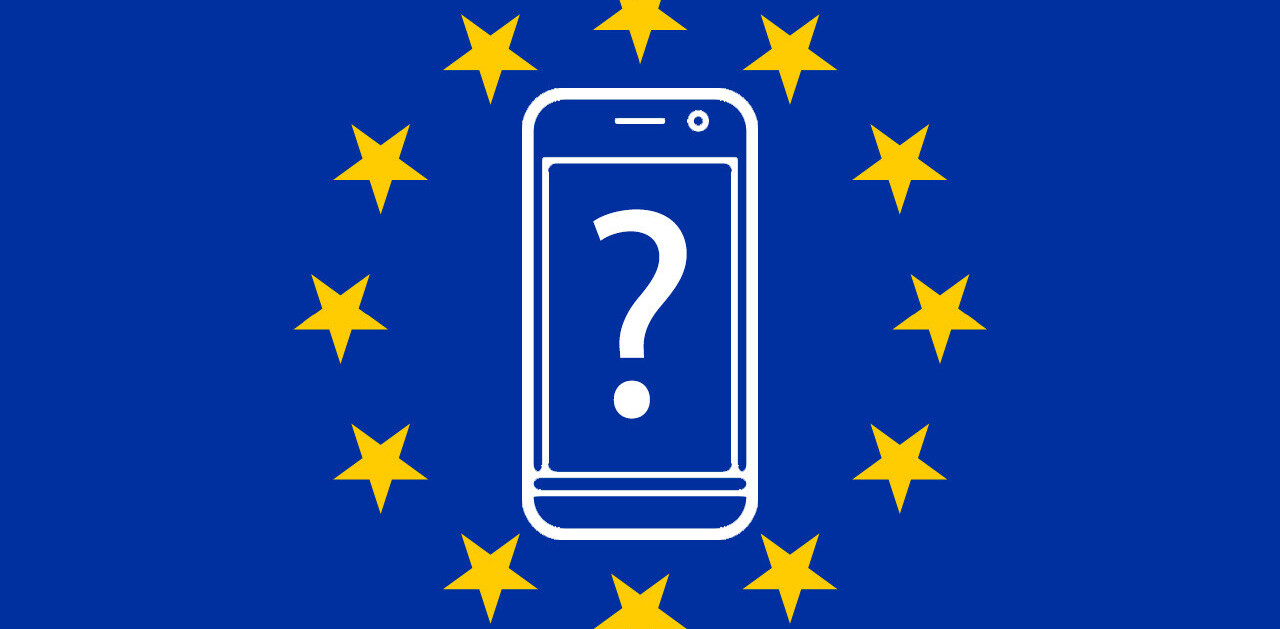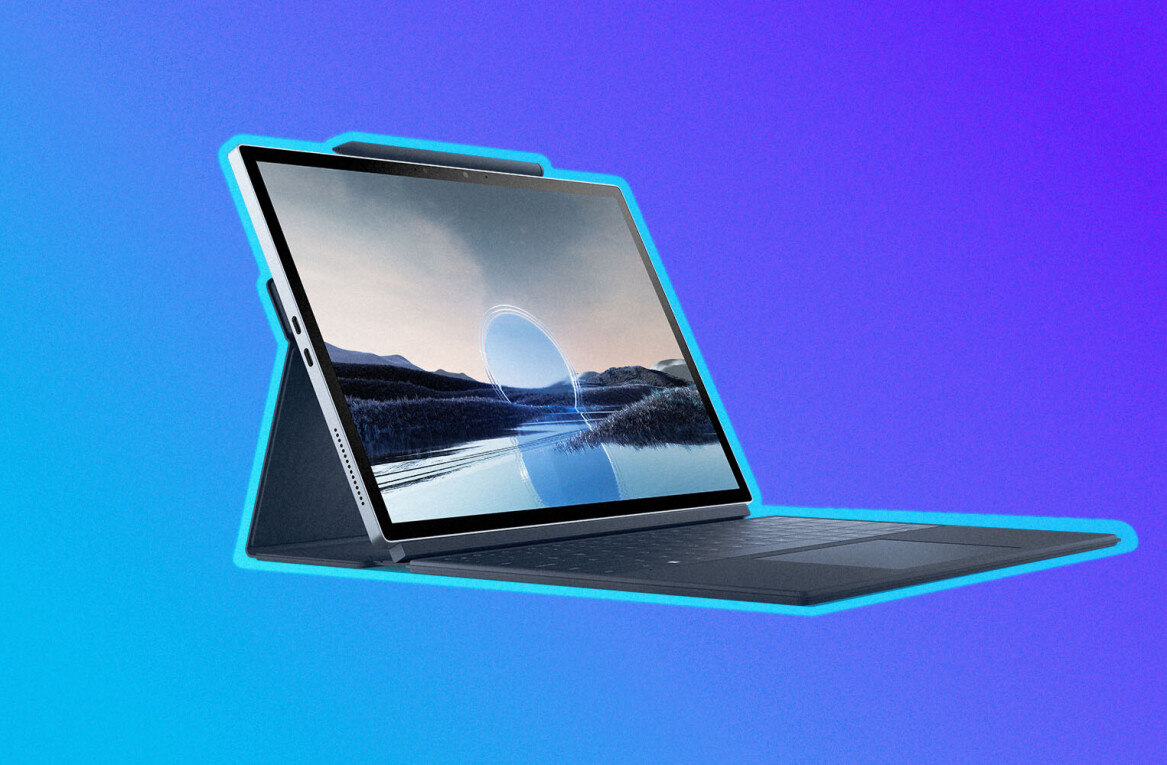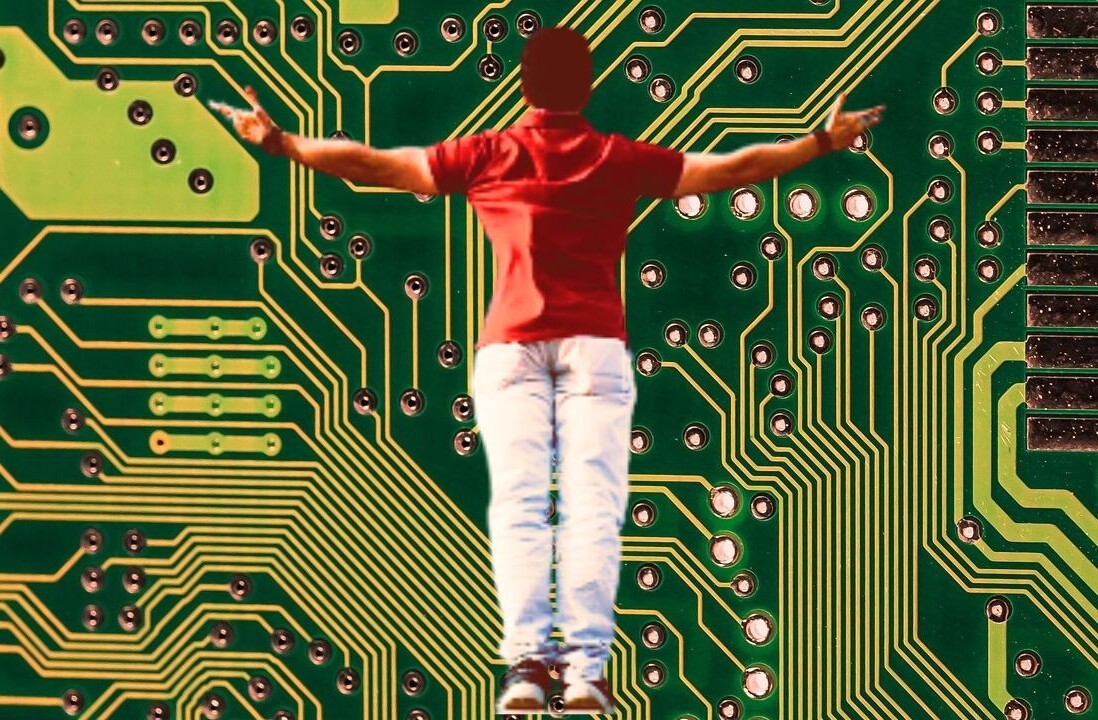
A three year project to explore the possibilities and implications of what the “3D Internet” on a mobile would look like and what benefits it could offer has finished, leading the way for future work in the area.
While 3D on mobile might feel a little excessive to some, you only have to look at the number of apps beginning to integrate 3D modelling or mapping, for example, and it’s a short leap to wonder what the whole of the Internet would be like (and how we could navigate it) if it was in 3D.
The Chiru project (officially known as the ‘3D User eXperience for Mobile Network Virtual Environments’) was carried out by the Center for Internet Excellence (CIE) at the University of Oulu in Finland with backing from Nokia, Intel and Tekes, the Finnish funding agency for technology and innovation. It set out with a clear vision: to study and improve the way people interact with 3D information and also looked at things like how data services can be presented in a virtual space and creating design guidelines for 3D interfaces.
“At CIE, our main focus is accelerating the deployment of 3D Internet services and applications. The most important question is to understand how people interact with three dimensional information and what do we need from technology to create a smooth and immersive user experience”, Mika Ylianttila, Director of the CIE, said on Wednesday.
“From the business perspective, the 3D Internet space is a huge opportunity and we are seeing more and more businesses and research being built around 3D Internet. The Oulu area has unique expertise and provides a living lab environment to test and develop 3D Internet technologies and services,” he added.
The ultimate aim for the ambitious project was “to lay the groundwork for the 3D Internet” but also looked at Mixed Reality, also known as augmented reality (AR).
While a number of the findings have perhaps become more obvious than they were when the researchers set out in 2010, it also found that people are far more comfortable using augmented reality in most situations (a normal view of the world augmented with digital information) but preferred a pure 3D model in cluttered situations as it’s less distracting and omits other “disruptive elements” like shadows.
The project looked at several different elements of technology during the study and investigated things like 3D object capture using Xbox Kinect alongside a 3D capturing module for RealXtend Tundra, visual design aspects of UIs and the user overall experience and things like how to connect multiple concurrent 3D spaces with portals (shown below).
However, perhaps some of the most interesting research was carried out on the visualization of sensor data which they did by using GPS with mobile WiFi and Bluetooth data (as well as some other wearable sensors) for visualization and content creation.
“GPS data was used for controlling an agent in a 3D virtual environment depicting a real city. Also WiFi and Bluetooth connection data was used to measure pedestrian traffic and demonstrate how virtual cities can be populated according to different types of city zones. Furthermore, accelerometer and proximity sensor data was used to capture and visualize elderly patient activities,” the group said on its project page. You can see a video of the elderly patient activities research here.
In addition to the user-side and design requirements of what the 3D Internet might look like and how it could be built, the study also looked at the technology involved such as seeing what impact 3D content (geometry, surface maps, materials, etc.) had on mobile battery life, as well as trying to formulate a mathematical model so that the demands of any 3D space on battery life could easily be calculated.
Building on the project, the CIE said it will now continue its research with new projects focusing on a Tekes-backed Mixed Reality study. It also said it will run projects and training programs with local authorities to turn parts of their research into businesses.
While research into the area is no longer a new topic and we have seen the increasing use of augmented reality in mobile devices, such as Nokia’s City Lens or LiveSight features, but there is clearly room for future development of the technology and a need to increase awareness among users. Projects such as this, while they might have no immediate practical outcome, do just that and are a vital key to innovation in the space.
Image Credit – Getty Images
Get the TNW newsletter
Get the most important tech news in your inbox each week.



